If you’re just getting started with the endlessly enjoyable and ever-practical craft of bookbinding, this list of bookbinding supplies will cover everything you need to have on hand! Our list includes both “official” tools and supplies that most bookbinders use, and alternatives you probably already have on hand to start experimenting without a large upfront cost.
Heads up! This post contains affiliate links. If you use these links, I earn a commission which helps me make more crafty content. You can read more about affiliates here.
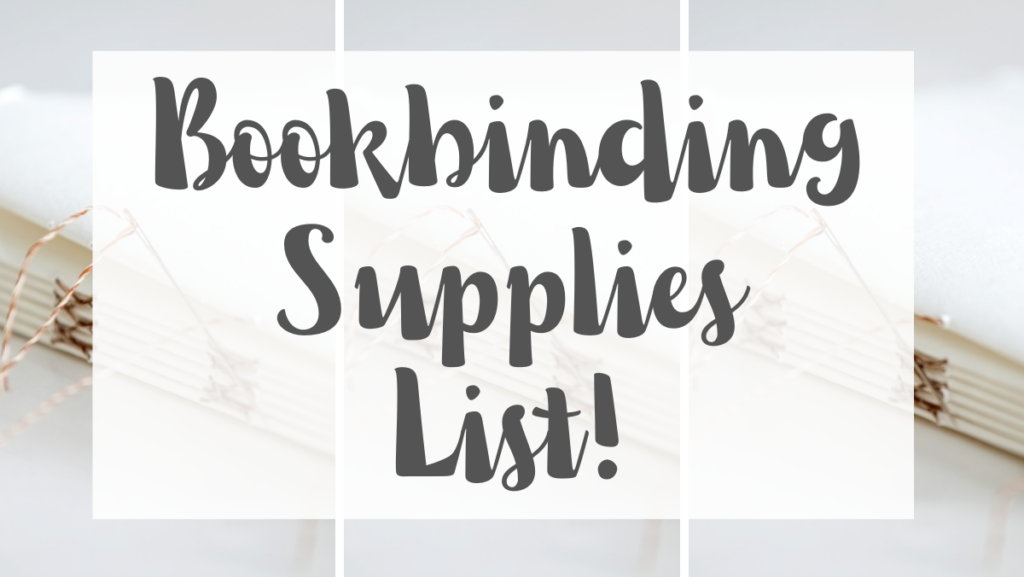
Bookbinding is a very, very old craft. These days most books are bound by machine, but nothing beats a hand-bound volume of your favorite public-domain book, or a hand-crafted notebook made lovingly for yourself or as a gift. This post will introduce you to the basic tools of the trade, many of which have been used in some form by bookbinders over a thousand years. But since I know starting a new hobby can get expensive, I’ll also let you know when something on this bookbinding supplies list can be substituted for something you probably already have around your house.
This post is alllll about bookbinding supplies!
Essential Bookbinding Supplies List
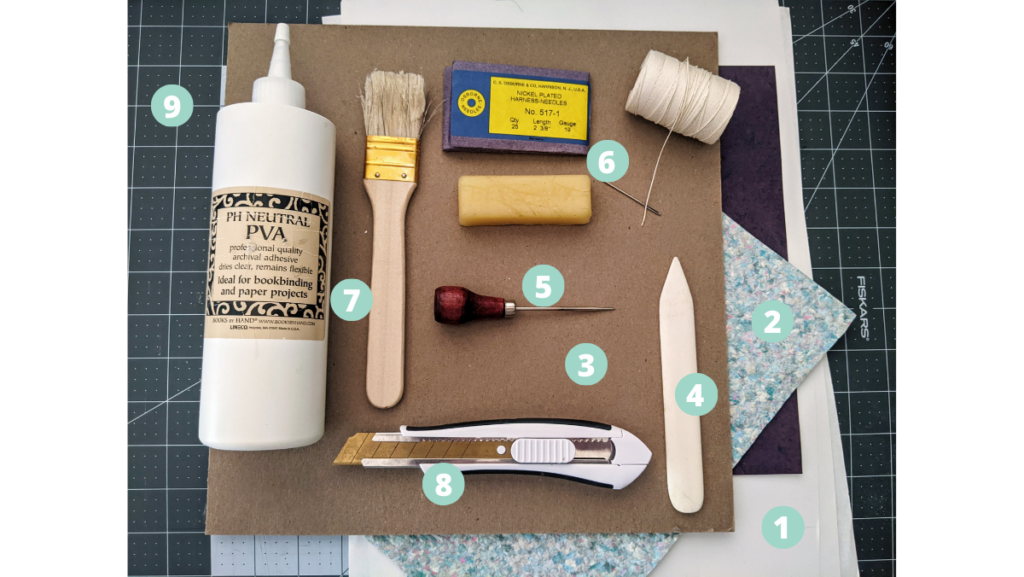
1. Book block paper
The most basic supply for book making is paper! You need some kinds of paper for the inner pages of your book. Figure out what size book you want, then find paper that can be folded in half (at least once) to get close to that size. There is a whole world of fun papers out there to explore!
For the inside of your book (the “book block”), look for a “text weight” paper, or something that is fairly lightweight and can be rolled easily. These are usually papers with 70#, 80#, or 100# weights (the higher the number, the thicker the paper).
Mohawk Superfine is a popular choice for all kinds of projects for its affordability and high quality. I’ve used it for several projects myself! You can also grab some regular printer paper you have lying around, or check your local creative reuse center for larger sheets of paper. Printer paper won’t result in as pleasant or sturdy a book as heavier, higher-quality paper will, but it will definitely work for beginner projects!
2. Cover decoration: Paper / Bookcloth / Leather
Choice of cover material can change a lot about the vibe of a book! If you’re going for elegant and timeless, a leather might be your best choice. Leather can be harder to work with for beginners, and it gets expensive, so I don’t necessarily recommend it for a first project. But don’t let me squash your ambition!
For beautiful covers with less hassle (and less $$), bookcloth is an extremely popular choice! Essentially a paper-backed fabric, bookcloth comes in all kinds of textures and colors. You can even make your own bookcloth out of fabrics that catch your eye!
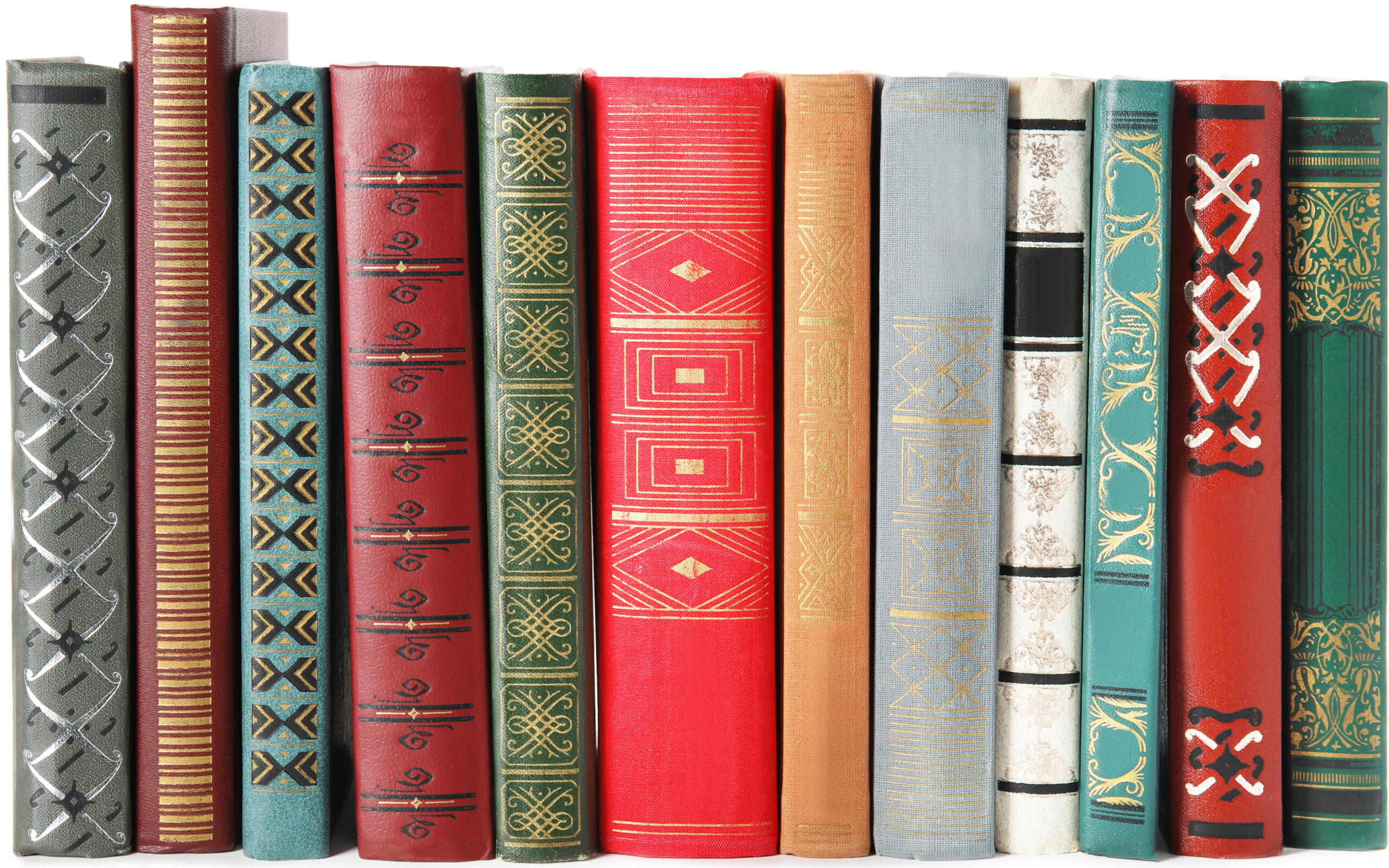
The easiest and cheapest option of all for covers is paper. I like getting pads of scrapbook paper because they’re abundant, inexpensive, and have a huge variety of patterns. Scrapbook papers also make great endpapers! Plus, you can almost always find scrapbook paper at creative reuse centers or other places to find donated craft supplies.
Whatever material you choose, you’ll need a couple pieces of material at least 1″ bigger than your book’s cover on all sides.
3. Covers: Bookboard / Cardboard
To keep the book protected, your covers need to be sturdy! The most common material for covers is a kind of dense cardboard called book board, binder’s board, or davey board. Getting acid-free binder’s board will help with the longevity of your project. You can also get more generic craft chipboard like this from Amazon. In a pinch, you can also take the cardboard from cereal boxes and glue a couple of layers together to make it stronger! For most projects, you’ll need a piece twice as big as you want your finished book to be, plus a little extra (front cover + back cover + spine).
4. Bone folder
Bone folders are tools used for making sharp creases, scoring paper, turning corners on your bookcloth, burnishing surfaces, and more! They’re traditionally, as the name suggests, made from bone or horn. I highly recommend getting a geniune bone or horn folder instead of the plastic kind. A bone folder made of actual bone with last much longer and work much better than their plastic derivatives, and they aren’t much more expensive. If you’re not down with animal products, you can also get a folding tool made from bamboo. The standard size is around 6″ in length, but if you have very large hands you might find a larger one more comfortable.
In a pinch, you can use the side of a smooth pen or the back of a butterknife!
5. Awl
Awls are used for punching holes in paper or leather. They’re pretty simple tools– a sharp piece of metal on a wooden handle. Be super careful with these because they are extremely sharp! In bookbinding, we use awls for pre-punching sewing holes in our paper. I like awls with a gourd shaped handle like this one from Amazon or this one from Blick Arts. In a pinch, you can also use a very sharp, thick sewing needle (not like a binder’s needle which I’ll discuss below!) or another sharp piercing object.
6. Sewing: Thread, Wax, Needles
Unless you’re making a perfect-bound book (which uses only glue), you’ll need needels and thread to sew your gatherings together. The thread used for sewing books is not the same as the thread used for sewing fabric/in your sewing machine! For bookbinding, use a strong linen thread.
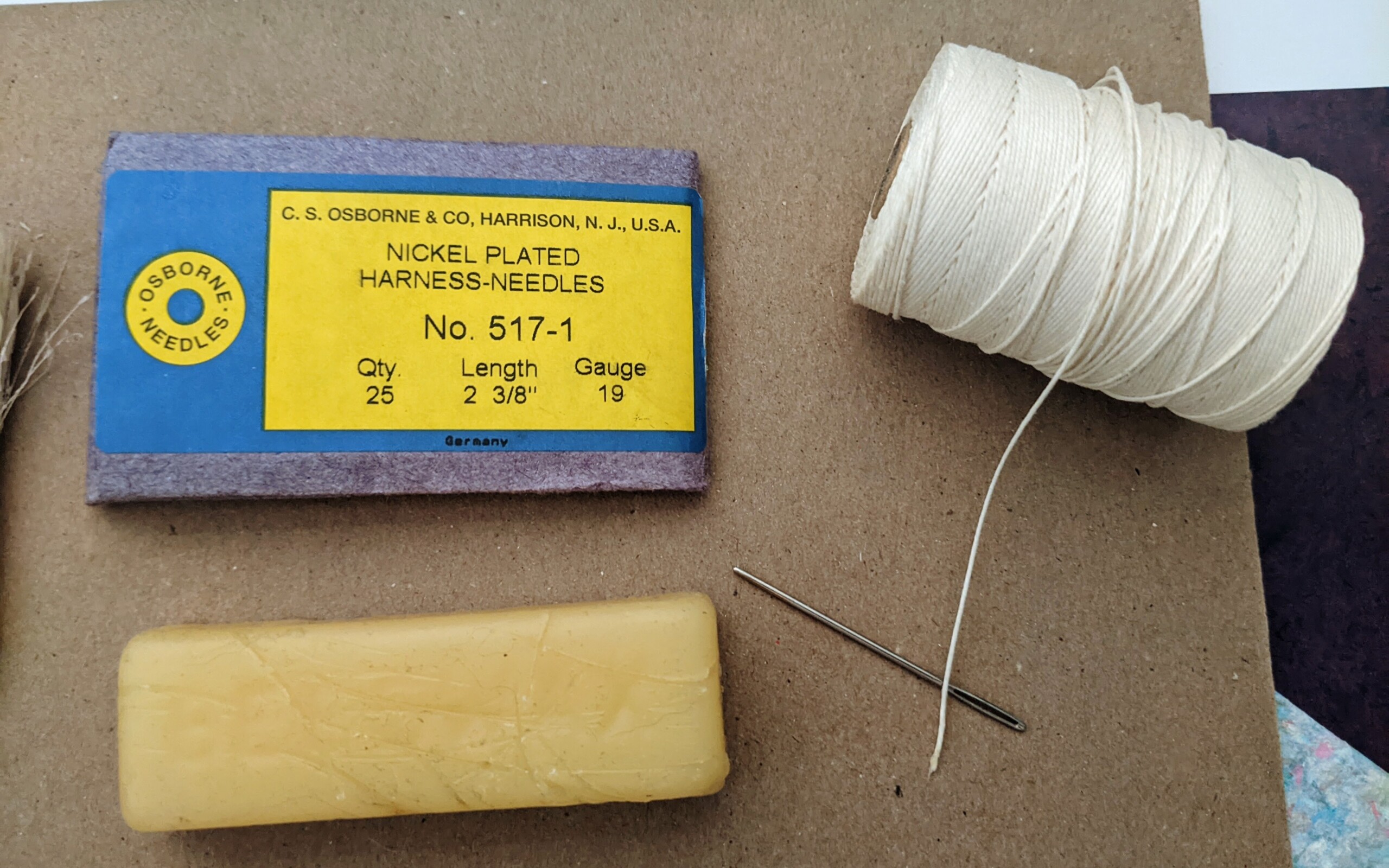
You’ll also need to wax your thread using beeswax. Coating the thread with wax helps keep it from tearing the paper as it’s pulled through the signatures. In a pinch, I don’t see the harm in using an old candle you have lying around, but I definitely suggest picking up a block of beeswax to use specifically for your kit of bookbinding supplies.
Last thing you’ll need for sewing your book are needles! Make sure you get a needle big enough to accomodate your thread. For some stitches, a curved bookbinding needle is a major time saver. For most general applications, though, straight binder’s needles will do the trick. In a pinch, you can use a tapestry needle.
7. Glue & Brush
For attaching your cover material to the cover, glueing down endpapers, reenforcing spines, and a number of other applications, you’ll want to get a good archival glue. PVA glue is the most popular choice and the one I use regularly. Some folks swear by wheat paste, but it is harder to work with in my experience. Of all the things on this list, I recommend investing in PVA glue instead of substituting it with glue you already have, but if you must/for projects that don’t need to last long, regular school glue will do okay.
For spreading your glue, you’ll need a brush. The classic glue brush is a round, natural bristle brush, but any brush will do as long as you take care of it and wash it thoroughly after every use.
8. Craft knife
For trimming your pages and cutting your cover boards down to size, you’ll need a good sharp craft knife. If you have an x-acto knife already, that will work! If you don’t, I swear by snap-off utility knives. They make it really convenient to get a fresh blade, and keeping your knife sharp is important for getting clean cuts through your paper.
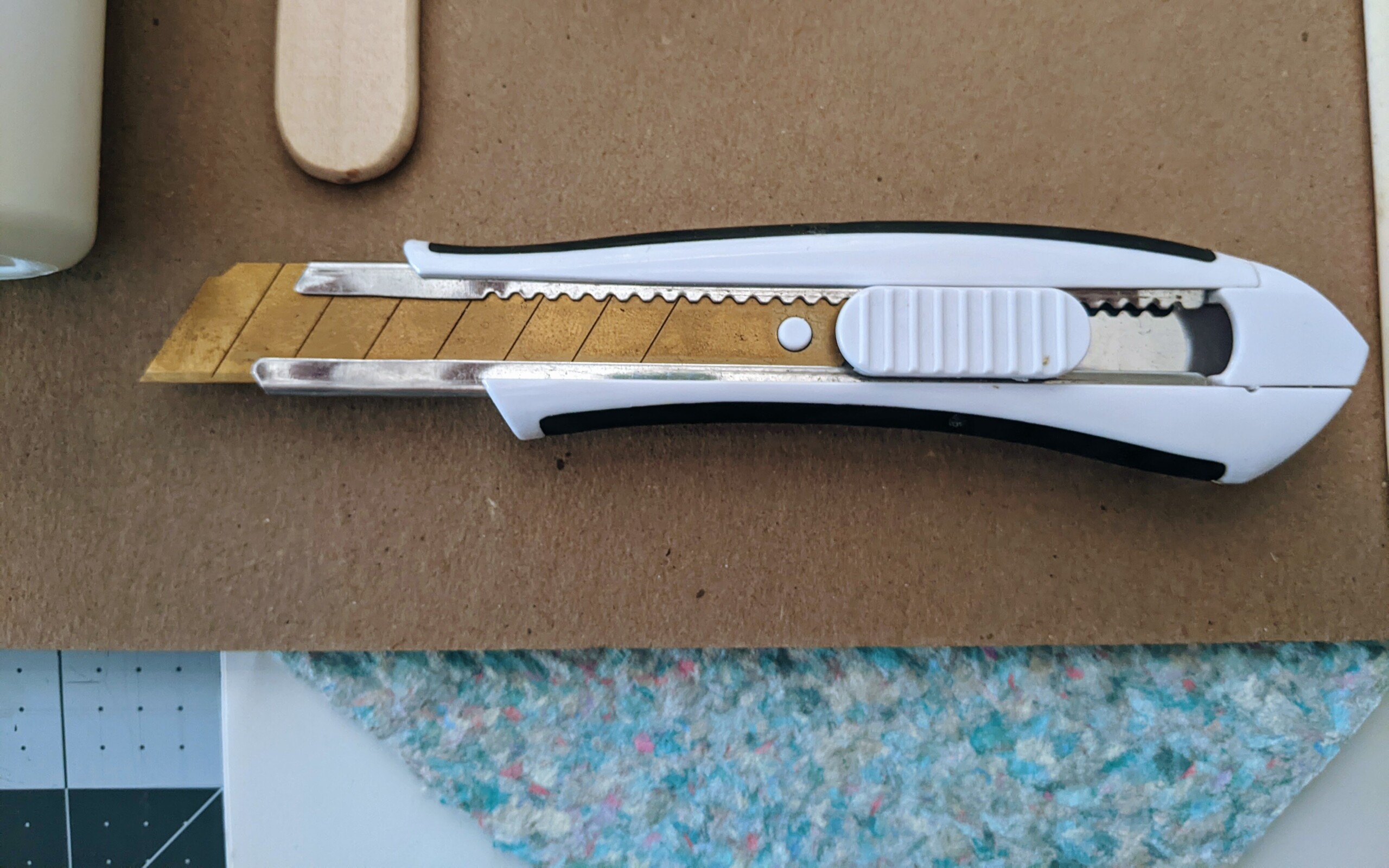
9. Cutting Mat & Ruler
To protect your work surface when cutting your paper and cover boards, you’ll need a self-healing cutting mat. If you’re a quilter or sewist, or know one, you may have access to one of these already! You can pick these up at any fabric or big-box craft store, or ask a quilter in your life very nicely to let you borrow theirs (and promise not to get glue on it!)
To help keep your lines straight, you’ll need a good ruler. I use my clear sewing ruler, but many folks prefer a metal ruler since you can’t acciedntally cut into them the way you can a plastic ruler.
10. Newsprint / Scrap Paper
For keeping glue off of whatever surface you’re working on, and parts of your book that shouldn’t be glued, grab a free newspaper from the stand outside your local grocery store. If you’re worried about ink from the newspaper transferring to your project, you can also grab a pad of newsprint paper to use instead.
Thus ends our bookbinding supplies list!
Look out for some bookbinding tutorials coming soon, and lists of tools for more advanced binding techniques! 👀👀
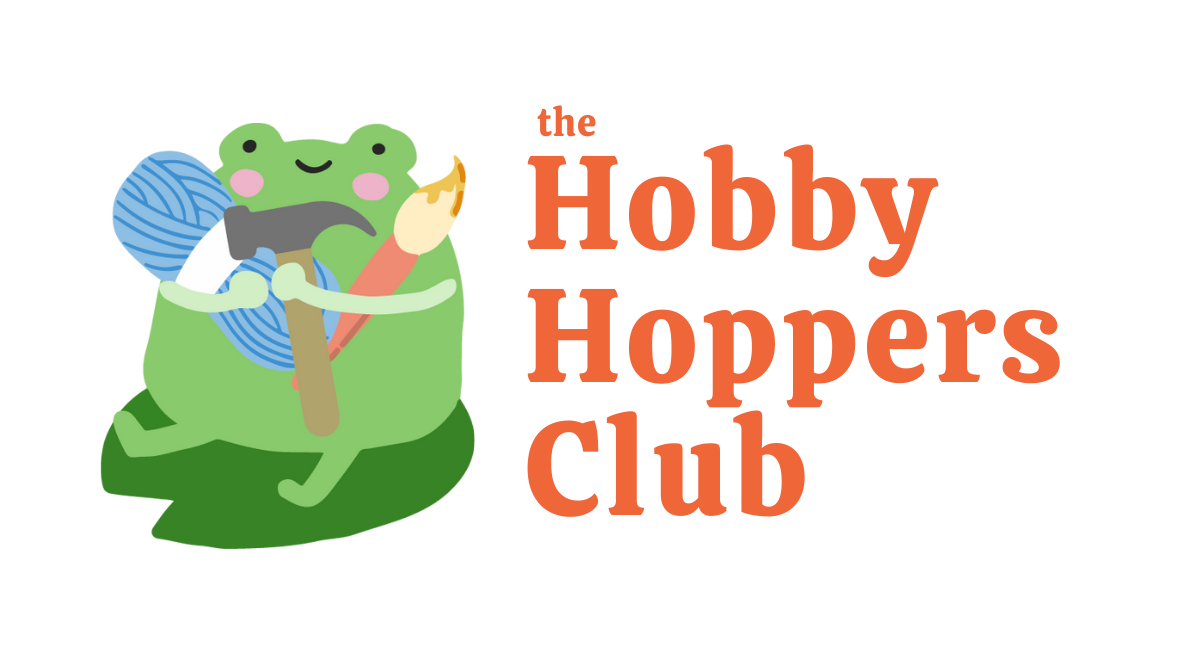

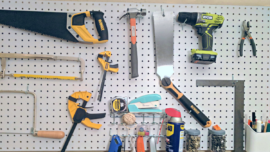
Leave a Reply